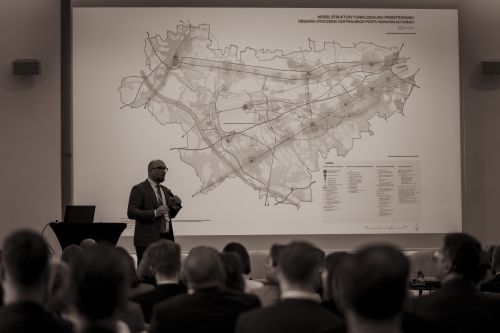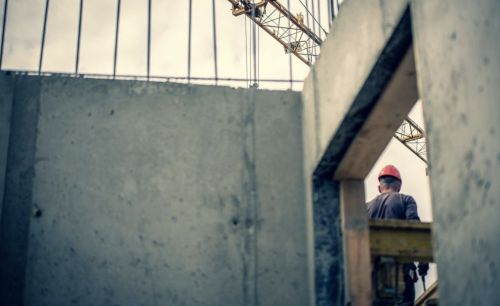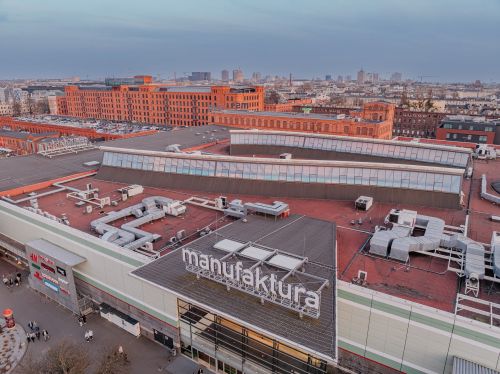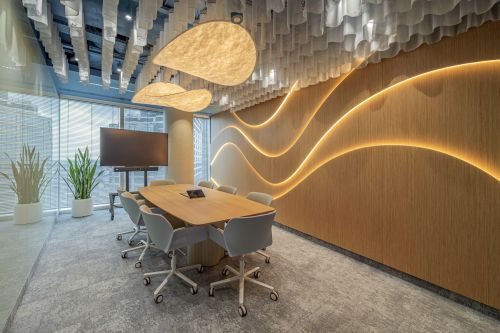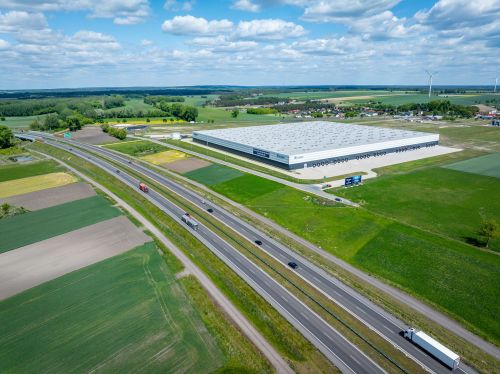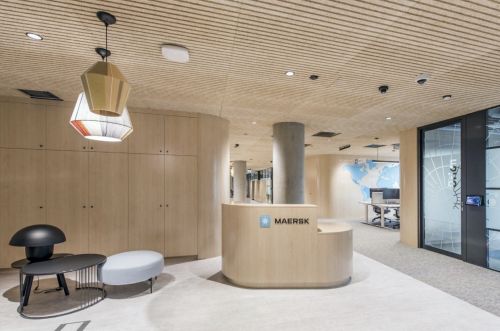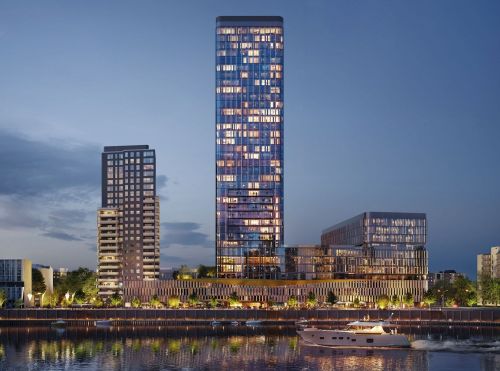I actually had to give up on my plans to go by bus because I would have had to wait for 50 minutes, which was more or less how long it would have taken me to do the journey on foot. In fact, I spent much of the day walking, since often there were no bus stops nearby. I wasn’t late for anything and I even somehow managed to turn up a whole week early for one particular meeting. (Let’s just say that the pages of my calendar had got stuck together.) I did manage to pick up an electronic device that had been serviced and lug it back all by myself from point A to B on public transport, though I’d prefer not to have to do the same thing every day. Not once did I get stuck in traffic. I got some physical exercise in and was able to look at all the people commuting to and from the city, so it was generally all pluses, especially as I don’t get to experience such joys every day due to working from home.
In theory (and sometimes even in practice), I’m all in favour





















